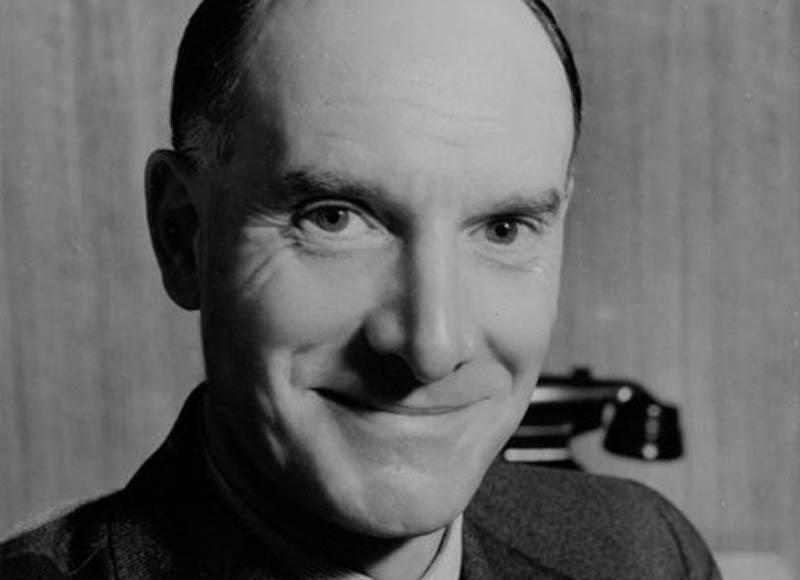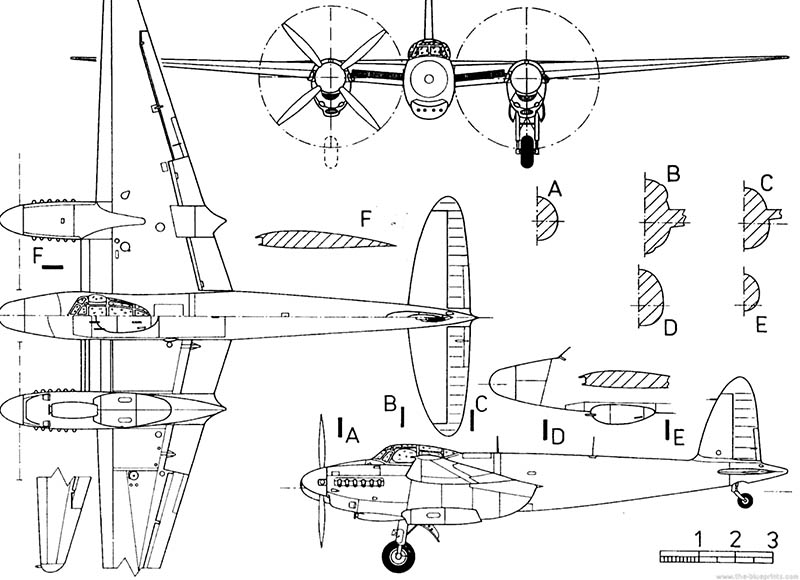DE HAVILLAND STORY
IT’S BETTER WITH WOOD
Throughout the 1930’s it was one man’s dream to use a radical material to build the fastest aircraft in the world. The material was wood, and his name was Geoffrey De Havilland. He was known as a determined innovator, someone who led from the front and had the ability to see the vision and get the job done.
As early as the 1930’s De Havilland knew that light weight wooden aircraft were the key to greater speeds. In 1934 his twin engine Comet won the London to Melbourne air race. With speeds of over 200 miles per hour the aircraft flew halfway around the world in just 77 hours, a ship would take 4 weeks.
From his experience of building the Comet De Havilland began to have a vision of building a super- fast precision bomber. However, at the time the British Air Ministry believed that the future was in huge conventional bomber aircraft such as the Lancaster and Halifax. Radical new designs of lightweight aircraft were scoffed at. But Geoffrey De Havilland had other ideas and continued working on designs for his new bomber.
His dream was to construct an efficient easy to build aircraft powered by two Rolls-Royce Merlin engines. Amazingly it would have no guns, no armour plating, could carry up to 4000 pounds and with a speed of nearly 400 miles per hour would be faster than any other aircraft in the world. However the most amazing concept of his vision was to build this plane made entirely of wood.
The aerodynamicists and military men at the time ridiculed the idea saying; “how can you build a modern aircraft out of wood, how would it carry any weight and how would it protect itself?”. But De Havilland had all the answers. It would not need to protect itself, its defence would be speed and as far as strength was concerned – pound for pound timber has similar properties as aluminium and steel.
September 1939, De Havilland is finally given the green light to build a prototype. Immediately the De Havilland design team went into overdrive. However events in Europe a few months later meant all efforts were put into conventional technologies and De Havilland’s wonder plane seemed destined not to leave the drawing board. But Geoffrey De Havilland was not a man to take no for an answer. His words were; “They may not want it now, but they will want it!”. De Havilland persuaded the Air Ministry to continue provided he did not use material vital to the national interest.
In the Summer of 1940, in Britain’s darkest hour, De Havilland and his team worked on their wooden plane. Finally in December 1940 it was ready for demonstration to the men from the Ministry. It was called the Mosquito and would become known as the ‘Wooden Wonder’. De Havilland had done the impossible. From scraps he had created the fastest aircraft in the world. De Havilland and his team had promised it would be faster than the Spitfire, but would it be?
It was. 20 miles per hour faster!
The Air Ministry was so impressed they placed an order for 150 machines. And the rest is history…


